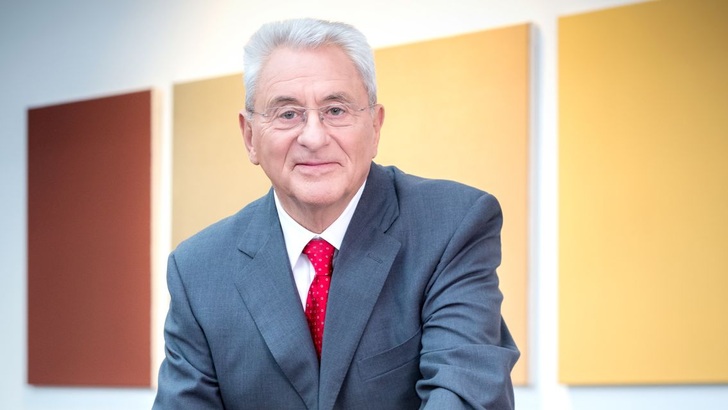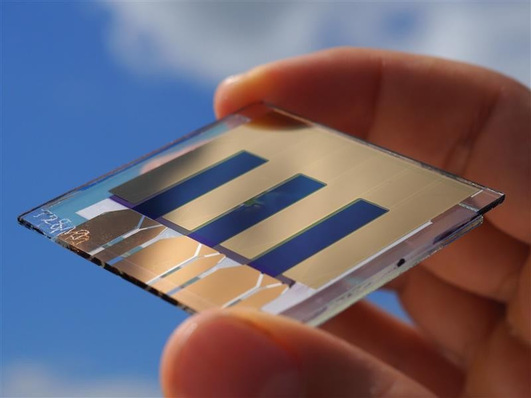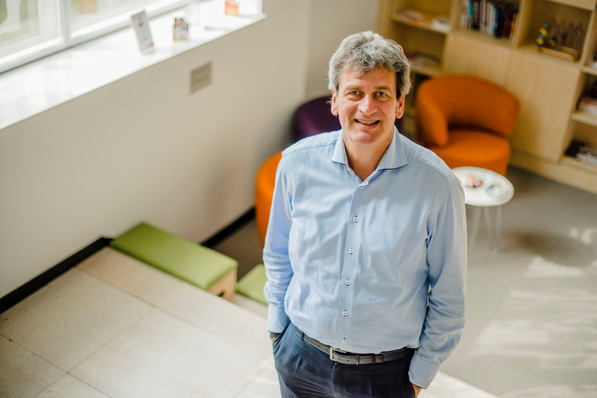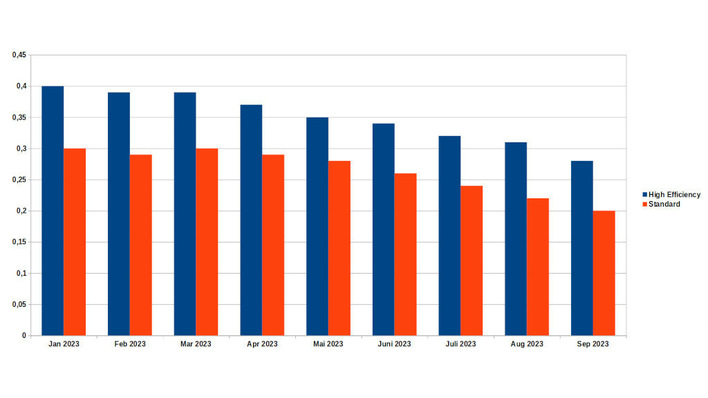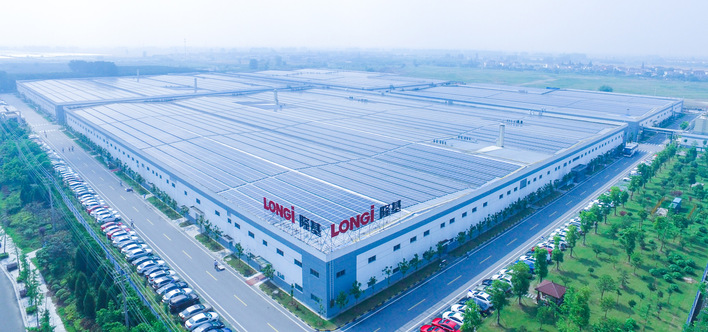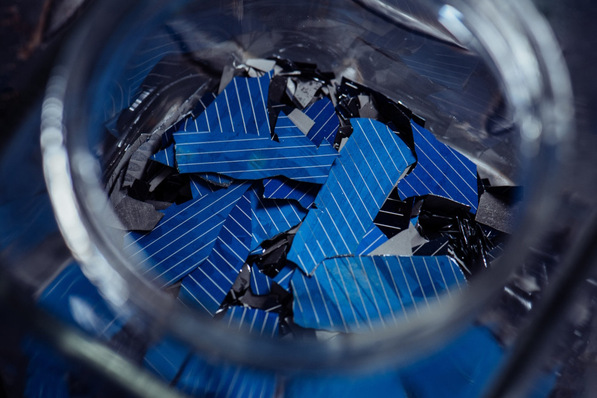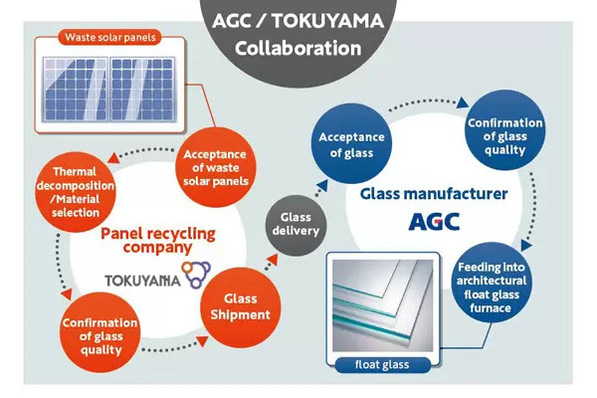On the occasion of this interview, you have brought along the 2007 Annual Report of IBC Solar. What can we learn from this?
Udo Moehrstedt: You know, Mr Schwarzburger, there is so much that has already been forgotten. That is why it is also very interesting for me to take another look at the reports. In 2007, we were able to report that demand had remained strong compared to the previous year. We grew along with the market and our profitability improved. But there were some shortages and uncertainties at that time. I remember: Silicon was a scarce resource. At that time, spot market prices of 200 US dollars per kilogram were not uncommon.
What do you remember personally?
At that time, we made massive advance payments to Ersol and Q-Cells for wafers and solar cells, just in order to get solar cells at all. Demand in Spain was booming, the second most important market after Germany, ahead of Japan and the US. Demand was so high that we were unable to meet all demand.
How did you deal with the shortage of cells and panels?
We frankly told our customers that we can only deliver 50 percent of the order, but that we guaranteed. We were open and honest, and made it clear in good time that things would be tight. This was greatly appreciated.
From early on, IBC Solar has seen itself as a partner of the technicians. Were you never tempted to fry bigger fish?
In order to supply our specialist partners, we even postponed our own projects. Nevertheless, we did build up some projects in Spain. In 2007, we had reckoned with a total of 1.3 to 1.5 gigawatts of additional capacity in Germany. In 2008 it turned out to be 1.6 gigawatts.
Due to the shortage of silicon, system prices at that time were significantly higher than they are today. How much turnover did IBC Solar generate in 2007?
In 2006, our turnover was 288 million euros. In 2007, we almost doubled it to 559 million. In order to finance our entire working capital, we had to spend about two million euros on interest. Without advance payments and warehousing nothing would have happened.
Where did you source your solar panels?
Our suppliers were BP Solar, Sanyo and Kaneka. But they were not able to deliver in sufficient quantities in 2007, so we started a cooperation with Suntech, then established by Dr Shi in Wuxi. In addition, the first shipments of Trina and Yingli also arrived. At that time, we also tested thin-film panels by CSG and Sulfurcell, but these proved to be inefficient.
How many people did IBC Solar employ in 2007?
At that time we had 175 employees, 50 more than in the previous year. In 2008, there were already 252 employees. Today we have 360 employees, 250 of them in Germany. In 2009, we sold around 285 megawatts, and we estimate sales of 320-350 megawatts in 2017.
What else do you remember as we talk about 2007?
I remember very well that debates on the new version of the EEG began at that time. The government announced a higher degression, from five percent to more than nine percent. Among suppliers we stuck out like a sore thumb because we had purchased considerable quantities. Everywhere we were the largest customer. This has of course changed with the market slump in Germany and the rise of markets elsewhere. Today, you have to buy at least 500 megawatts a year to avoid being crushed. This is our goal: To sell at least 500 megawatts per year in order to be taken seriously again.
IBC continues to build solar farms. We will later drive to Küps to commission a new 3.5 megawatt installation. How will this segment develop, which clearly dominated the PV market ten years ago?
We participated in the tenders for 2015 and 2016 and have had quite enough projects in 2017. It is now a matter of winning the projects for next year. In the tenders in 2017 we saw that prices have fallen below six cents per kilowatt hour. We were unable to get through projects that offered 6.1 or 6.2 cents. I hope that by 2020 we will be able to offer projects at five cents.
Which brings us to the outlook to the future. What do you expect for the next ten years?
That it will be about as messy as it has been for the past decade. Although the rules of the economy are increasingly being applied. This is a very good development, our industry is very mature. I can see that electric mobility is increasingly providing an impetus. Volkswagen plans to invest around 50 billion euros in the next few years, in order to also offer its entire model range as electric vehicles by 2030. We cannot generate electricity from coal, because that would make the electric cars more dirty than diesel. And nuclear power plants are to be decommissioned by 2022.
How much additional PV could we build by 2027?
The potential of the available usable roof space in Germany alone is around 120-130 gigawatts. Larger additions will also give us better prices, which means that we are still a long way off the finish line. Twenty percent more additions means five percent lower prices.
At the moment cells and panels are scarce again, so it might go in the opposite direction...
I do not see it that way, at least not in the longer term. The price of solar silicon rose from 14 US dollars per kilogram to 18 US dollars, that is true. Due to this high demand, silicon, cells and panels are once again in short supply. In addition, panic deliveries to the US and high demand in the Chinese market are having an effect. In the medium term, I see prices at ten US dollars per kilogram of silicon. Then we can offer the panels at 29 to 30 cents per watt. I also expect technological innovations, especially with regard to wafers. That would allow us to also achieve 25 cents per watt.
What role will storage units play?
As you know, I started working at Varta in 1967. Later, I married into a family of battery manufacturers. In 2012, IBC Solar was one of the first suppliers to include storage batteries for PV in its product portfolio, still lead batteries at that time. Although much more expensive, the lithium batteries came onto the market later.
This happened even faster than for PV...
It was as if someone had flipped a switch: After January 1, 2016, we only ever sold one more lead battery. From that day on, the demand for lithium batteries rose sharply and their prices have since fallen considerably.
Do you no longer build lead batteries?
Lead still has a role to play in storage capacities of more than 50 kilowatt hours, hardly any for lower capacities. Our lithium batteries can be cascaded up to 225 kilowatt hours of useful capacity, which enables us to cover the market very well.
What motto has guided you over the years?
We have to make power so inexpensive that anyone will be able to use and afford it. That is what it is all about.
The interview was conducted by Heiko Schwarzburger.
Read more about IBC Solar:
Get to know more about solar modules.
Stay informed, get our newsletter twice a week.
Register here: https://www.pveurope.eu/newsletter

